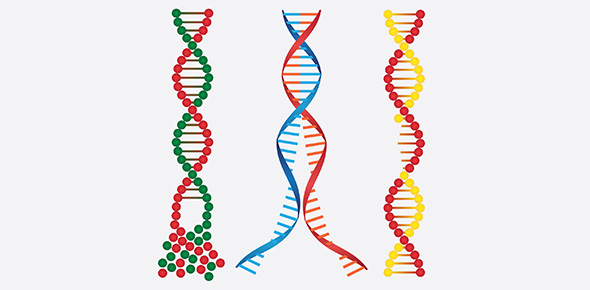Related Flashcards
Related Topics
Cards In This Set
| Front | Back |
|
What is the cellularity of protists (uni, multi?)
|
Most are unicellular, although there are some colonial and multicellular species
Single Cell protists are the simplest eukaryotes |
|
Why are protists so elaborate and complex?
|
Becuase us, multicellular species have different organs with different cells with different roles, the protist has to carry out all the roles in one cell (usually), our organs are like their organelles
|
|
Certain protists relly on organelles not found in most euk cells like...
|
Contractile vacuoles - pump out excess water from the cell
|
|
Why are protists said to be very nutritionally diverse?
|
Some are photoautotrophs, and hae chloroplasts
Some are heterotrophs and absorb molecules or ingest them Some are mixotrophs that combine photosynthesis and heterotrophic nutrition |
|
Why are protists said to be reproductively diverse?
|
Some are asexual, others can reproduce sexually, or employ meiosis
|
|
What gave rise to the enormous diversity?
|
Scientists say its endosymbiosis - certain unicellular organisms engulf other cells which become endosymbionts and ultimately organelles in the host cell
|
|
Where did mitochondria come from? Chloroplasts?
|
An aerobic prokaryote; cyanobacteria
|
|
What is secondary endosymbiosis?
|
When the things that went through endosymbiosis, become eaten again, ingested into the food vacuole of heterorophic or autotrophic eukaryotes
Ex: green algae eatn by heterotropic thing and it becomes a plastid and the whole thing is a euglenid |
|
Are all protists microscopic?
|
Most, some exceptions (red/green algae)
|
|
How does the endosymbiotic theory describe the creation of red/green algae
|
Well the plastids genes in red and green algae closely resemble the DNA of cyanobacteria.
So they believe that a heterotrophic eukaryote phagocytized a cyanbacterium and it became phoyosynthetic and evolved into red/green alga |
|
Compare red and green algae.
|
Red algae - Rhodophyta - phycoerythrin (absorbs blue light, reflects red light), can live in great depths, mostly unicellular, no flagellum
Green algae - Chlorophyta - green pigment, plant-like chloroplast, complex life-cycles (sexual/assexual rep stages), aquatic |
|
Talk about Euglenozoans.
|
They belong to a diverse clade that includes predatory heterotrophs, photosynthestic autotrophs, parasites
There are two types: * Kinetoplastids - single, large mitochondrion that has mass of DNA called kinetoplast, feed on prokaryotes in freshwater, marine, moist ecosystems, some are important parasites * Euglenid - has one or two flagella, many are mixotrophs, have an eyespot and light detector |
|
What is an eyespot and a light detector?
|
Eyespot - pigmented organelle, functions as a light shield, allowing light from only a certain direction to strike the light detector
Light detector - swelling near base of flagellum, detects light that is not blocked by the eyespot, helps euglena moves towards light |
|
What is the difference between Eukaryotic and Prokaryotic flagella?
|
Euk - has a ring of microtubules (tubulin), whip-like motion
Prok - propeller, made of flagellin |
|
What is antigenic variation?
|
Antigenic variation is the process by which an infectious organism alters its surface proteins in order to evade a host immune response.
Antigenic variation not only enables immune evasion but also allows
pathogens to cause reinfection as they are not recognised by the host's
immune system. When an organism is exposed to a particular antigen (i.e. a protein on the surface of a bacterium) an immune response is stimulated and antibodies are generated to target that specific antigen. The immune system will then "remember" that particular antigen (immunological memory)
and if the host is exposed to that same antigen again, those antibodies
will act rapidly to destroy the pathogen. However, if the antigen is
changed, the host's immune system will not recognise it and the
pathogen can cause infection again whilst the immune system generates
new antibodies to target the new antigen. Antigenic variation enables
viruses to cross the species barrier (e.g. H5N1
virus "jumping" from birds to then infect humans). Finally, it also
allows pathogens to establish persistent infections in their host.
|






